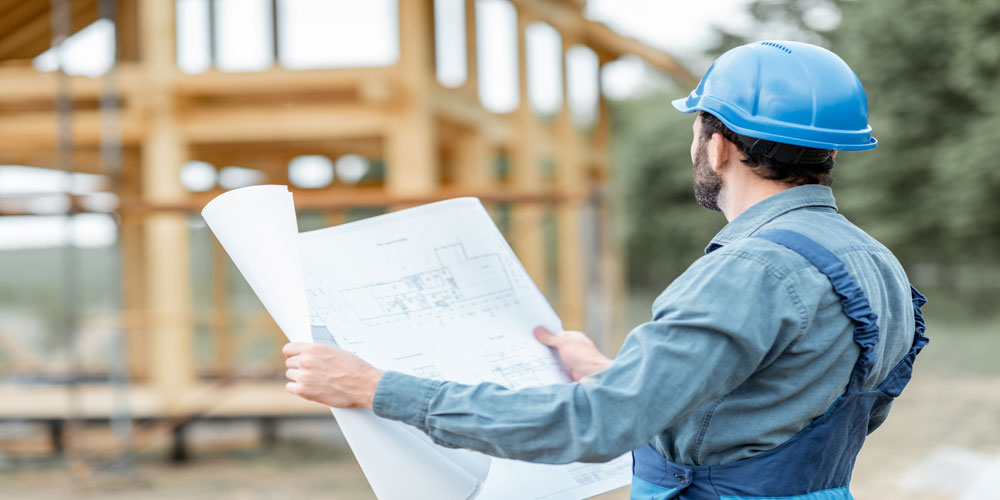
Planning Noise Surveys
Planning Noise Surveys: What You Need to Know
When planning a new residential or mixed-use development, noise impact is one of the many environmental factors that local authorities take seriously. Whether you’re developing a block of flats, a housing estate, or converting a commercial building into residential use, you may need to submit a noise survey as part of your planning application.
At APT Sound Testing, we specialise in carrying out detailed and cost-effective noise assessments in line with national planning guidelines. With vast experience in both BS8233 and BS4142 noise assessments, we’ve helped hundreds of developers, architects, planning consultants, and homeowners successfully navigate the acoustic requirements tied to planning approval.
Let’s break down what planning noise surveys involve and why they matter for your project.
BS8233 Noise Assessments: Protecting Residential Spaces from External Noise
BS8233 noise surveys are most commonly requested when applying for planning permission for new homes, apartments, or hotels. Local authorities typically want to understand the potential impact of environmental noise on future occupants, ensuring any new development provides a comfortable living environment.
Why Are They Important?
Residential properties are susceptible to a range of external noise sources, from road traffic and railway lines to nearby commercial premises and entertainment venues. A BS8233 assessment helps ensure that external noise doesn’t intrude on the internal environment, safeguarding the health and wellbeing of future residents.
Under the National Planning Policy Framework (NPPF) in England and Wales, planning applications for noise-sensitive developments must demonstrate that noise has been considered and managed appropriately. A well-conducted noise survey does just that, by providing evidence-based recommendations for acoustic insulation and noise mitigation.
What’s Involved?
At APT Sound Testing, we carry out a thorough site assessment, usually over a 24-hour period, to capture ambient noise levels at the location. From there, we use the data to evaluate how sound may impact the proposed development. Based on our findings, we provide practical and cost-effective design guidance on noise control measures, such as upgraded glazing, acoustic ventilation, and boundary treatments like fencing or walls.
We’ve worked on everything from single dwellings to large multi-unit developments, so we can tailor our advice to suit your specific project and budget.
If your local authority has requested a BS8233 noise survey, don’t hesitate to reach out to us on 01525 303905 or email info@aptsoundtesting.co.uk. You can also learn more by visiting our BS8233 Noise Surveys page.
BS4142 Noise Surveys: Managing Industrial Noise Impact
In contrast to BS8233, which is concerned with protecting residential interiors from environmental noise, BS4142 assessments are focused on evaluating the impact of industrial noise sources on nearby sensitive receivers, usually homes, schools, or other noise-sensitive buildings.
When Do You Need a BS4142 Survey?
If your project includes any mechanical plant (such as air conditioning units, refrigeration equipment, or extraction systems) or is near existing industrial or commercial activity, a BS4142 survey may be required as part of your planning conditions.
This is especially common where industrial and residential developments are being placed in close proximity, something we’re seeing more frequently due to brownfield redevelopment projects.
How Does the Survey Work?
The BS4142 assessment method compares the background sound level of an area with the noise level generated by an industrial or commercial source. This helps determine whether the new or existing noise will cause a disturbance to nearby residents.
Our process typically involves:
- Baseline monitoring over a 24-hour period to measure existing background noise (using LA90 values).
- Operational noise monitoring with the source active to identify its contribution to the overall soundscape.
- Impact predictions, where we model how a new noise source will affect nearby receptors before it’s even installed.
Our expert team uses this data to evaluate the significance of the noise impact, taking into account not only sound levels but also character (such as tonal or impulsive elements) and time of operation (day vs. night).
We provide a detailed written report that includes results, analysis, and clear recommendations for mitigation if necessary. This may include acoustic enclosures, silencers, or changes to operational times—plus noise mapping visualisations to show the effectiveness of proposed measures.
A Complete Solution from Start to Finish
At APT Sound Testing, we pride ourselves on offering a comprehensive service that goes beyond noise assessments. In addition to acoustic design support, we also provide UKAS-accredited air tightness testing, allowing you to combine services into one seamless package. This approach can reduce project delays, minimise costs, and ensure your development complies with all the necessary standards.
Our experienced acoustic consultants are here to guide you from planning through to project completion, ensuring your development meets all environmental noise requirements. Whether you’re dealing with tight design constraints, complex site conditions, or challenging planning conditions, we’ll help you find the most effective solution.
Get in Touch
If you’ve been asked to submit a noise assessment, whether under BS8233 or BS4142, as part of your planning application, we’re here to help. We offer a responsive, friendly service tailored to the unique requirements of your project.
📞 Call us on 01525 303905
📧 Email us at info@aptsoundtesting.co.uk
📩 Or use our online contact form and one of our consultants will get back to you promptly.
Let’s make sure noise doesn’t stand in the way of your planning approval.